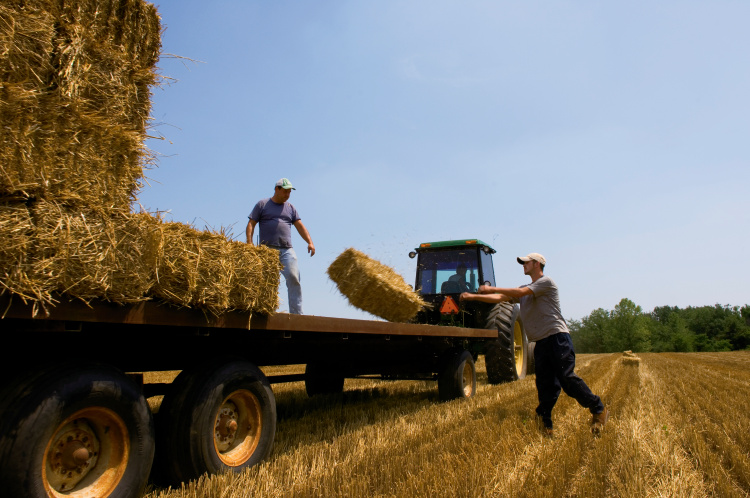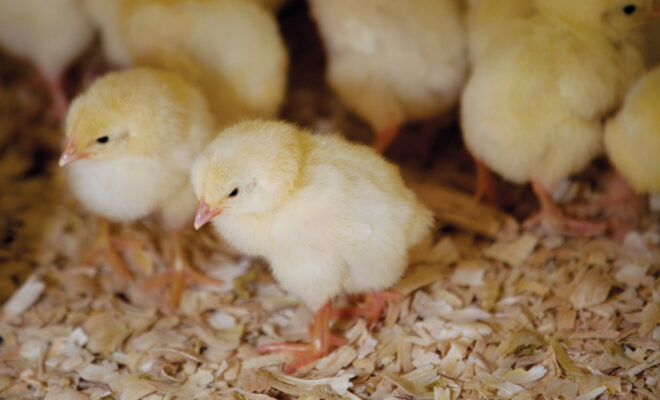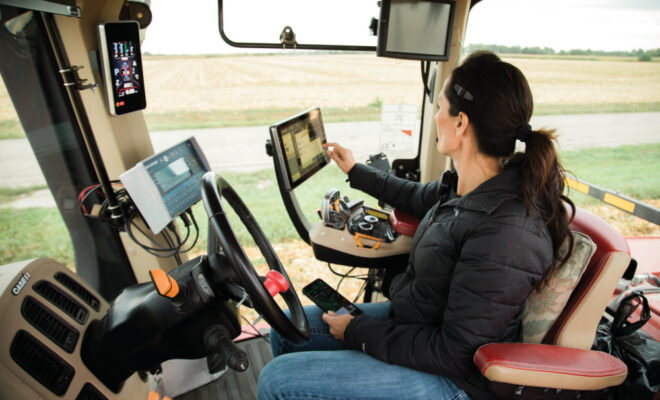
More than high land expenses. More than flood or drought. And more disheartening than a windstorm on tall, healthy corn plants in August. Some regulations threaten our freedom to farm at long-term, profitable levels.
This observation permeates the farm community. In fact, for several consecutive years, the Illinois Farm Bureau surveyed farmers at its annual meeting with an open-ended question about what threatened their long-term profitability. Each year, regulations topped the varied responses, outranking weather, decreasing crop values, increasing expenses and taxes.
We farmers try to harvest the reasons behind increasing government encroachment on the farm. The most logical thought: Few people farm. We assume policymakers and government officials, in general, cannot fully understand modern agriculture without experience. Or, perhaps they remember the way Grandpa farmed.
Generations of farmers and farm families have weathered economic hardships and Mother Nature’s wrath. Yet, when I worry in the context for all of agriculture, I fear how regulations may reshape farming. Some regulations already change how we farm. Others threaten to. Kudos to my brother and farmers like him who faithfully contact legislators throughout the year. Even from the field, he will plant his thoughts on policy in the ears of the lawmakers who represent our farm’s districts.
For a while, a proposed regulation would have prevented kids from working and learning on the farm. Before that, simply crossing the road with a utility vehicle for cattle chores briefly became illegal until a farm-level push prompted policy change.
In the last few years, our family farm eliminated, moved and bought new fuel storage barrels on our farmsteads to comply with new capacity requirements from the Environmental Protection Agency. The agency’s eventual revision to the rule made our efforts unnecessary. On the bright side, we like the new fuel barrels.
A concerning law in California this year dictates how much space a chicken needs, contrary to industry standards and research that shows so-called “free-range” chickens are actually more stressed than caged ones. The EPA redefined “navigable” waters in the Clean Water Act’s jurisdiction to include ditches and waterways – areas where water flows only when it rains. This could require permits for basic farm activities, like soil tillage or the application of fertilizer.
Meanwhile, proposed or implemented state laws allow controversial, mandatory labeling of foods with genetic modification. Yet, three government agencies deem them safe for human and animal consumption.
Earlier this year, I met a group of Harvard public policy graduate students on a weeklong Midwest agriculture tour. The campus’ generally distorted view of farm policy prompted a fellow student and Illinois farm boy to organize the trip. In just a couple days, these future policymakers and global leaders broadened their viewpoints on the farm bill, modern technology and the structure of family farms.
One policy student said the trip taught her a critical need to get beyond the headlines to form policy. That reaction deserves a headline of its own.





For the record GMOs have never been proven safe. The biotechs say it is not their job to prove they are safe and the FDA says the biotechs told us they were safe and we take their word for it. And please keep in mind that the FDA is run by a former Monsanto employee. There is lot of evidence that they are not safe. And they are all Round up tolerant and now the WHO says glyphosate is a possible carcinogen. Check out Nancy Swanson’s work that shows correlations between glyphosate, gmos and several illnesses are 95% and 99%. It is a serious correlation that no one is bothering to look into. The bottom line is the USDA and the FDA do not care one iota about you and your health. So don’t kid yourself.